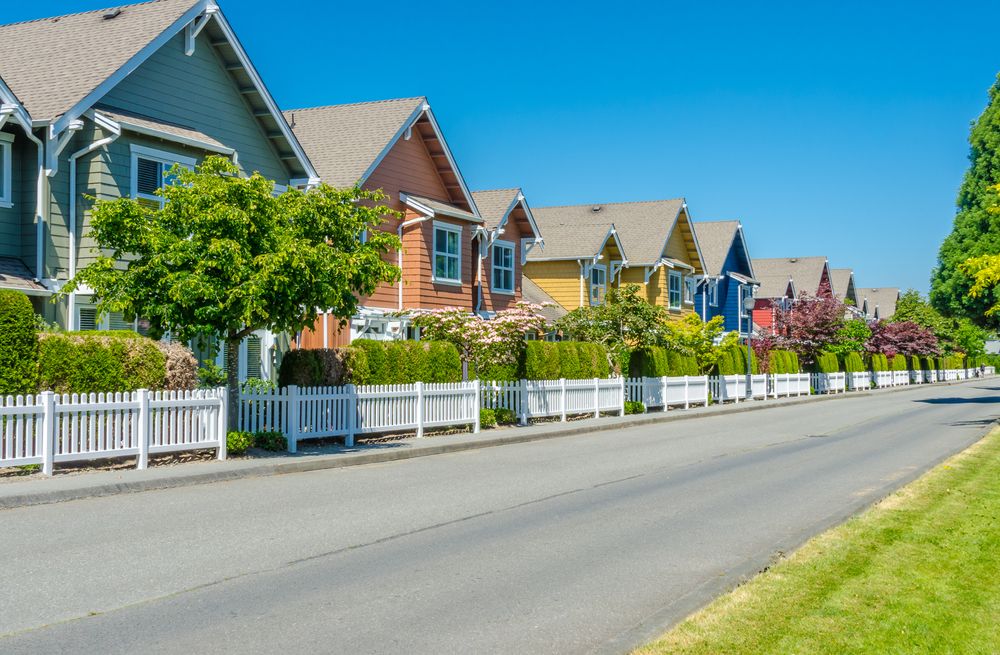
Welcome to the conversation about a trend that is reshaping the urban landscape and influencing homebuying decisions across the country: the pursuit of transit-friendly living. As the modern commuter seeks to balance work, leisure, and sustainability, the allure of neighborhoods with robust public transit options has never been stronger. This article delves into the multifaceted benefits of transit-oriented living and provides guidance for those considering their next move in today’s dynamic real estate market.
The Rise of Transit-Oriented Development
Transit-Oriented Development, or TOD, is a concept that is gaining traction among urban planners and developers alike. It focuses on creating vibrant, livable communities centered around high-quality public transportation. This development strategy aims to reduce reliance on automobiles, decrease traffic congestion, and promote sustainable growth.
The appeal of TOD is multifaceted. For starters, it offers convenience. Living close to transit hubs means shorter and more predictable commute times. Secondly, such developments often feature a mix of residential, office, and retail spaces, creating a sense of community and reducing the need to travel long distances for everyday needs.
For homebuyers, TOD neighborhoods can be a smart investment. Properties in these areas tend to retain their value and may even appreciate more quickly due to the demand for homes with easy access to public transport. Additionally, these neighborhoods often boast higher walkability scores, which is a strong selling point for many potential buyers.
The Economic Advantages of Transit-Friendly Living
Choosing a home in a transit-friendly neighborhood can lead to significant cost savings. Owning a vehicle is expensive, with costs including insurance, maintenance, parking, and fuel. By relying on public transit, residents can potentially save thousands of dollars each year.
Moreover, the economic benefits extend beyond individual savings. Cities that invest in efficient public transportation systems often see a positive impact on their local economy. Improved transit options can lead to an increase in property values, attract new businesses, and boost job creation. For homeowners, this can mean a better return on their real estate investment over time.
Additionally, living in a transit-friendly area can open up greater employment opportunities. With easy access to various parts of a city, residents aren’t limited to job offers within a narrow geographic radius. This can be particularly beneficial for professionals looking to advance their careers without the need to relocate.
Health and Environmental Perks of Proximity to Transit
The health benefits of living in a transit-friendly neighborhood are twofold: physical and environmental. Using public transportation often involves a certain amount of walking or cycling to and from stations or stops, which promotes an active lifestyle. Regular physical activity has been linked to a reduced risk of chronic diseases, improved mental health, and better overall well-being.
From an environmental perspective, increased use of public transit helps reduce carbon emissions and air pollution. Cars are a major source of urban air pollution, and by opting for public transport, individuals can significantly lower their carbon footprint. This collective action can lead to cleaner air and a healthier environment for everyone in the community.
For families looking to instill sustainable values in their children, living in a transit-friendly neighborhood can also serve as a practical, everyday lesson in environmental stewardship. It demonstrates the importance of community-oriented solutions and the role each person plays in creating a more sustainable future.
Social and Community Benefits of Transit Accessibility
Transit-friendly neighborhoods often foster a strong sense of community. With more people walking and using shared public spaces, there is greater opportunity for social interaction. This can lead to increased civic engagement and a feeling of belonging among residents.
These areas also tend to be more inclusive. Good public transportation systems can provide mobility for those who cannot drive, such as the elderly, the young, and people with disabilities. This inclusivity benefits the entire community by ensuring that everyone has access to the resources and opportunities they need to thrive.
Living near transit can also enhance the cultural richness of a neighborhood. With easy access to different parts of a city, residents can enjoy a diverse array of cultural activities, restaurants, and entertainment options. This diversity not only enriches the lives of individuals but also contributes to the vibrancy and resilience of communities.
Navigating the Real Estate Market for Transit-Friendly Homes
When searching for a home in a transit-friendly neighborhood, there are several factors to consider. First, research the reliability and coverage of the local public transportation system. Look for neighborhoods with multiple transit options, such as buses, trains, and bike-sharing programs. This ensures that you’re not solely reliant on a single mode of transport.
It’s also important to think about the future. Check for planned improvements or expansions to the transit system, as these can affect both your quality of life and the long-term value of your property. Additionally, consider the walkability of the neighborhood. Are there safe sidewalks, crosswalks, and pedestrian-friendly areas?
Finally, work with a real estate agent who understands the importance of transit accessibility. They can help you navigate the market, identify potential homes, and provide insights into the long-term prospects of different neighborhoods.
The modern commuter’s focus on transit-friendly living is reshaping the homebuying landscape. As we’ve explored, the benefits of such a lifestyle are extensive, ranging from economic savings to health and environmental advantages, as well as enhanced social and community connections. For those ready to make a move, prioritizing transit accessibility in your home search can lead to a more convenient, sustainable, and fulfilling way of life.
